RAGU’ BOLOGNESE: Storia e ricetta originale (ITALIANO)
Hello guys. Today it’s me, Pasquale, who is writing and I would like to talk about about Bolognese ragù. Widespread throughout Emilia, not only in Bologna, it is one of the best-known Italian cuisine recipes abroad, more elaborated and, unfortunately, mistreated. I’m just thinking of the unhappy pairing with spaghetti. The famous ragù spaghetti which would give to every Emilian goosebumps… no wait, every Italian! They are one of the most ‘fake’ Italian dishes, as well as one of the least successful combinations in my opinion. The ragù should be used with tagliatelle, in a lasagna and more or less with any type of fresh pasta, but also with the short formats of the dry ones. That’s it.
The history of the ragù ‘is very uncertain. In various publications we read different stories about it: from the ancient Romans who prepared it in the form of stew to the French Gauls who used ragù as a sauce to spread on bread. It is also said that the chef of Louis XIV, also from Bologna, had the idea of grinding this stew and using it to season a pasta; other sources mention that the chef Aberto Alvisi prepared the first ragù similar to what we know and served it with a plate of pasta to bishops and cardinals. That the French have something to do with it, however, is clear from the name: ragù is a deformation of the French term “ragout“, that determines a mixture of slow cooked meat stew in a sauce.
Nowadays we can say that every family has its own ‘ragu’ recipe, but all of them are connected by the same main ingredients and by the fact that it needs a very slow and prolonged the . As we all know, meat is the protagonist of this recipe. In past centuries, in Emilia, this sauce was prepared with the meat of older cows, no longer suitable for working in the fields. (their meat is more difficult to treat, that’s why it is often used to be minced or minced). And, due to the lack of a minced grinder, a very slow cooking was used, about 5 or 6 hours. Also milk or cream was added, which they broke the meat fibers and added sweetness to the sauce. With technology we have today, cream and milk are no longer necessary and the ragù can be prepared in 3 or 4 hours. Choosing the right cut of meat for the ragù is a very important part for a perfect result. In the original recipe the bovine diaphragm, or cartella (in Bolognese), a very red and juicy meat, poor in gelatinous connective tissue but rich in flavor, is used. Nowadays few families produce ragù with this cut, preferring a more “standard” beef mince, mainly because of availability. In addition, much more tomato is used than the original recipe, while one of the peculiarities of Bolognese sauce is that it is low in tomato and rich in meat.
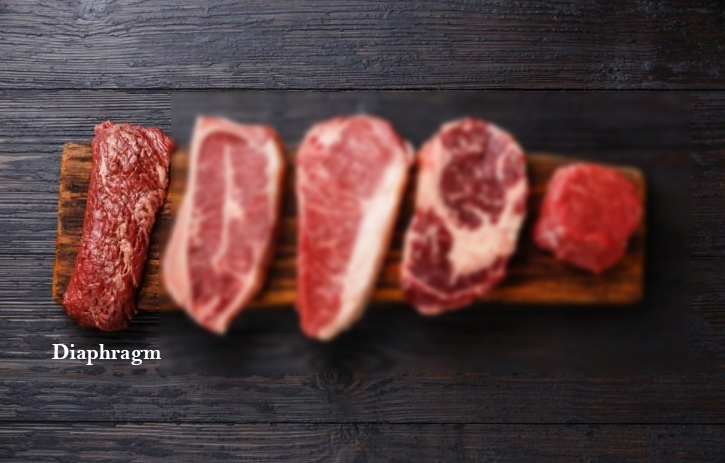
The fats used for the ragù have changed over time: originally the pancetta, more recently the butter and sometimes the oil (pouring a glass of oil for many is much less risky for health than using pancetta… but actually the oil has many more calories). Also in the sauce there are no flavors: no parsley, no bay leaf and no rosemary. No garlic and no chilli pepper.
However, we can say that to make a good ragu, despite the various types existing today, it is necessary to perform some basic steps, which are:
- No rush
- If you do not have at least 4 hours of time, do not do it and change the program. The quick version of a ragù does not exist.
- The classic soffritto: celery, carrot and onion.
- Our chopped vegetables must cook well and for a long time in a fat (in the original recipe it is bacon) so that those aromatic and sapid substances are released. –
- No much tomato
- one of the peculiarities of Bolognese ragù, as already mentioned, is being low in tomato and rich in meat. That’s why tomato paste is used: so no to a tomato sauce, no fresh or peeled tomatoes, which would release too much water.
- Meat choice and its cooking
- The meat for the sauce should be at least of two types: pork and beef. The cut of meat should not be too thin. So try to avoid the minced one, and instead prefer the one with a little fat, essential because it does not dry and because it gives more flavor to your ragù. Cooking the meat is also a very important part because the taste of the ragù depends on the substances that arise from the Maillard reactions that occur when the meat is browned and not simply stewed.
- Add the milk
- It is an inevitable ingredient in ragù. Its quantity depends to the quantity of meat that it is used. It should be added little by little and at the end of preparation.
Here’s the link for my Classic Ragu Bolognese.
Ragù Bolognese: la ricetta e la sua storia
Ciao ragazzi. Oggi sono io, Pasquale, che scrivo e volevo parlare del Ragu’ alla Bolognese. Diffuso in tutta l’Emilia, non solo a Bologna, è una delle ricette di cucina Italiana più conosciute all’estero, piu rielaborate e, purtroppo, bistrattate. Basti pensare all’infelice abbinamento con gli spaghetti. I famosi spaghetti col ragu’ che farebbero rabbrividire ogni Emiliano.. ma che dico, ogni Italiano! Saranno anche commestibili, ma sono uno dei piatti italiani più ‘fasulli’, oltre che uno degli abbinamenti meno riusciti a mio parere. Il ragù va utilizzato con le tagliatelle, in una lasagna e più o meno con ogni tipo di pasta fresca, ma anche i formati corti di quella secca. E quest’e’.
La storia del ragù e’ molto incerta. In varie pubblicazioni leggiamo differenti storie al riguardo: dagli antichi Romani che lo preparavano sotto forma di spezzatino ai Galli Francesi che usavano il ragù come salsa da spalmare sul pane. Si dice che il cuoco di Luigi XIV, anche lui bolognese, ebbe l’idea di macinare questo spezzatino e di utilizzarlo per condire una pasta; altre fonti citano il cuoco di Imola Aberto Alvisi che, a fine Settecento, essendo al servizio di vescovi e cardinali preparo’ il primo ragù simile a quello che conosciamo e lo servi’ con un piatto di pasta. Che i Francesi c’entrino qualcosa è però chiaro fin dal nome: ragù è una deformazione del termine francese “ragout”, indetificata appunto come una miscela di stufato di carne cotta a fuoco lento in una salsa.
Al giorno d’oggi possiamo dire che ogni famiglia ha la ‘sua ricetta’ di ragù, tutte pero’ sono accomunate dagli stessi ingredienti principali e dal fatto che serva una cottura molto lenta e prolungata per ore. Come tutti sappiamo la carne e’ la protagonista di questa ricetta. Nei secoli scorsi, in Emilia, il ragù si preparava con la carne delle vacche piu’ anziane, non piu idonee a lavorare nei campi. (la loro carne e’ più difficile da trattare, ecco perche’ viene spesso utilizzata per essere tritata o macinata). E, causa mancanza di un trita carne, si ricorreva ad una cottura molto lunga, di circa 5 o 6 ore e si usava latte o panna, che rompevano le fibre della carne ed aggiungevano dolcezza al sugo. Con la carne che si ha oggi, e di conseguenza la tencnologia, panna e latte non sono piu necessari ed il ragù puo essere preparato in 3 o 4 ore. Scegliere il taglio di carne adatto per il ragùe’ una parte molto importante per una corretta riuscita. Nella ricetta originale viene usato il diaframma del bovino,o cartella (in bolognese) una carne molto rossa e sugosa, povera di tessuto connettivo gelatinoso ma ricca di sapore.
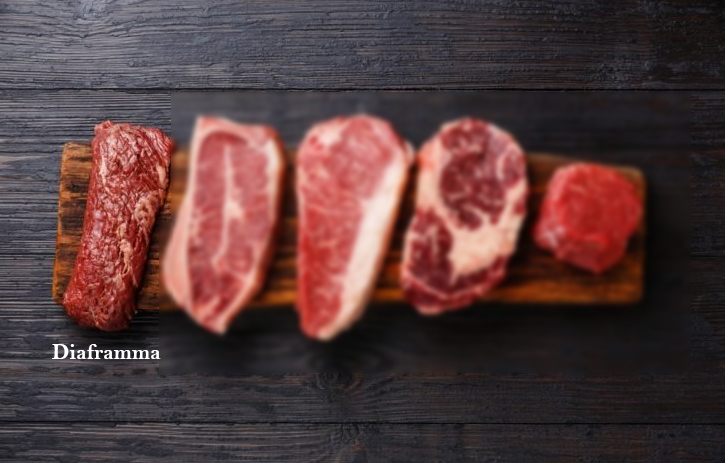
Al giorno d’oggi poche famiglie producono il ragù con la cartella, preferendo un macinato più “standard”, per una questione soprattutto di reperibilità. Inoltre, viene usato molto più pomodoro rispetto alla ricetta originale, mentre una delle peculiarità del ragù bolognese è quella di essere povero di pomodoro e ricco di carne.
I grassi utilizzati per il soffritto sono cambiati nel tempo: originariamente la pancetta, più di recente il burro e qualche volta l’olio (versare un bicchiere di olio per molti è molto meno rischioso per la salute rispetto ad utilizzare la pancetta… ma in realta l’olio ha molte più calorie). Inoltre nel ragù non ci sono aromi: niente prezzemolo, alloro o rosmarino. Niente aglio o peperoncino.
Possiamo dire tuttavia che per fare un buon ragù, nonostante le svariate tipologie oggi esistenti, e’ necessario eseguire alcuni passaggi fondamentali, tra cui:
- Non avere fretta
- Se non avete a disposizione almeno 4 ore di tempo, astenetevi e cambiate programma. La versione veloce di un ragù non esiste.
- Il classico battuto di verdure, ovvero sedano, carota e cipolla e la loro cottura.
- Il nostro battuto di verdure deve cuocere bene e a lungo in un grasso (nella ricetta originale e’ la pancetta) in modo tale che si sprigionino quelle sostanze aromatiche e sapidiche.
- Poco pomodoro
- una delle peculiarità del ragù, come gia detto, è quella di essere povero di pomodoro e ricco di carne. Ecco perche’ viene usato il concentrato di pomodoro: no quindi ad una salsa, pomodori freschi o pelati, che rilascerebbero troppa acqua.
- Scelta e cottura della carne
- La carne da utilizzare per il ragù dovrebbe essere almeno di due tipi: maiale e manzo. Il taglio di carne non deve essere troppo magro. Quindi cerca di evitare la carne trita, e prefersci invece quella con un poco di grasso, fondamentale perché non secchi e dia più sapore al tuo ragù. La cottura, inoltre, e’ parte molto importante perche’ il gusto del ragù dipende dalle sostanze che nascono dalle reazioni di Maillard che avvengono quando la carne viene rosolata e non semplicemente stufata.
- Aggiungere il latte
- E’ un ingrediente immancabile nel ragù. Il suo quantitativo varia a seconda della quantità di carne utilizzata. Va aggiunto poco alla volta e alla fine.
Bene, detto questo non ci resta che procedere con la preparazione. Qui trovate la mia ricetta del classico Ragu’ Bolognese.
*cover photo from the web

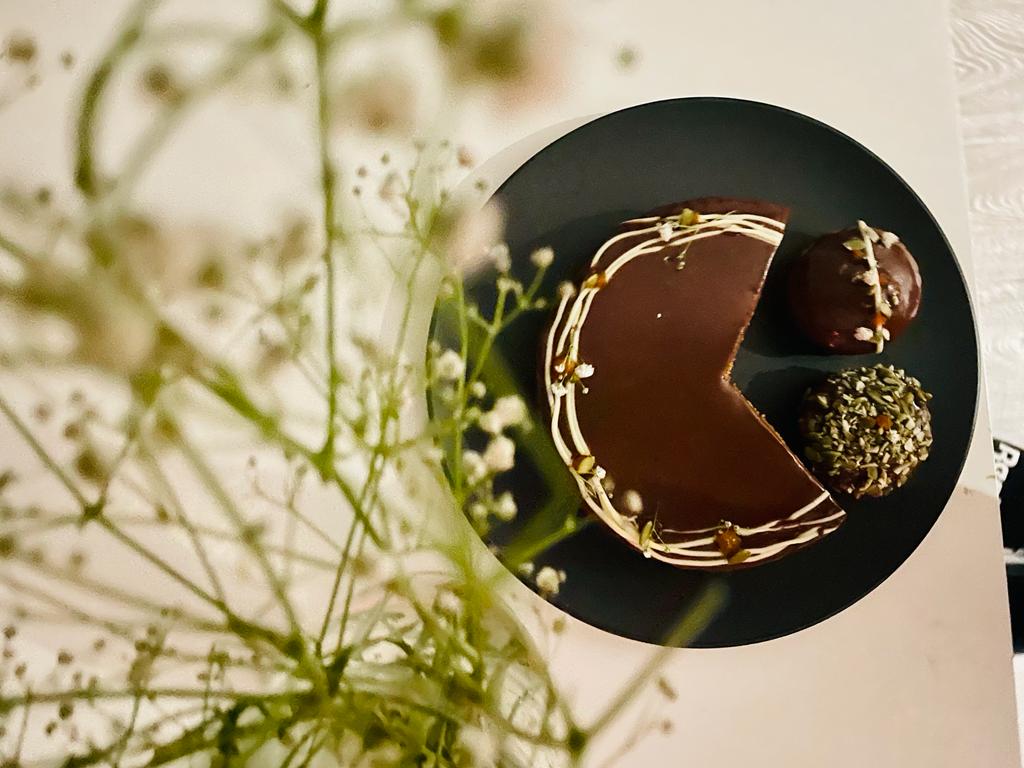
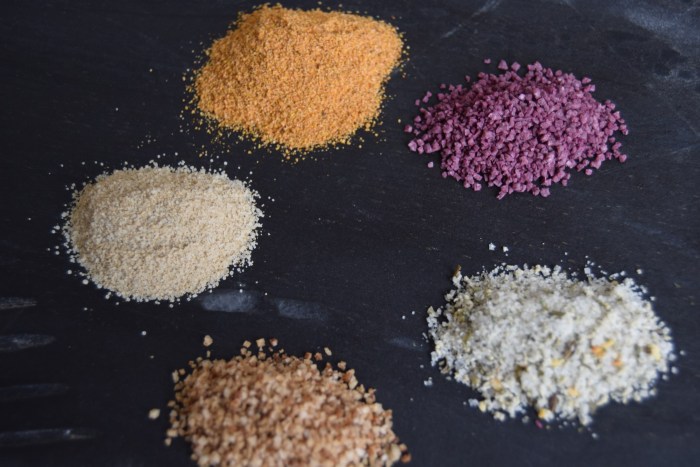
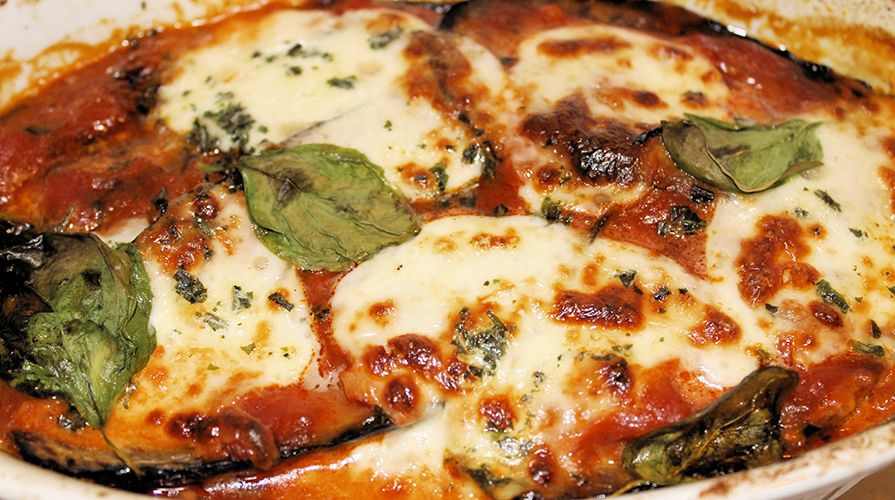
Leave a comment